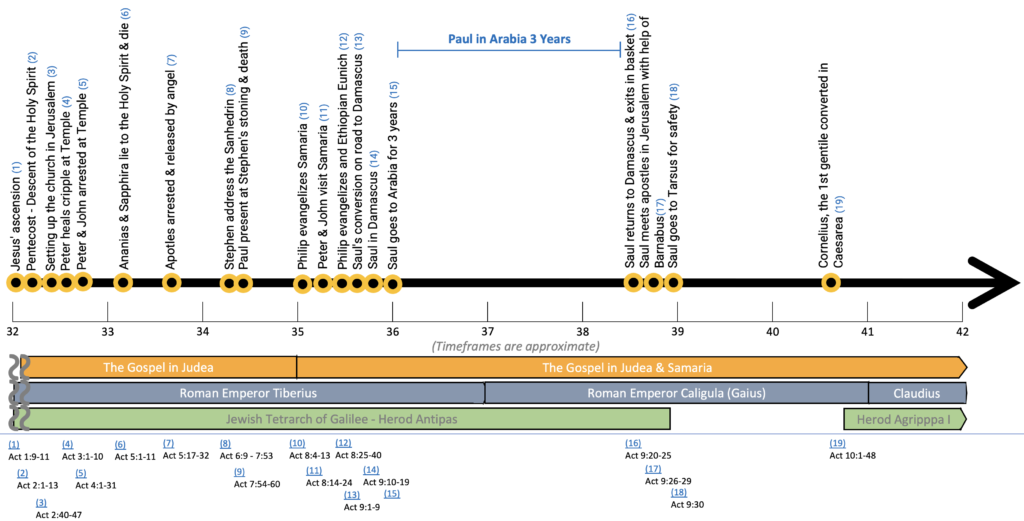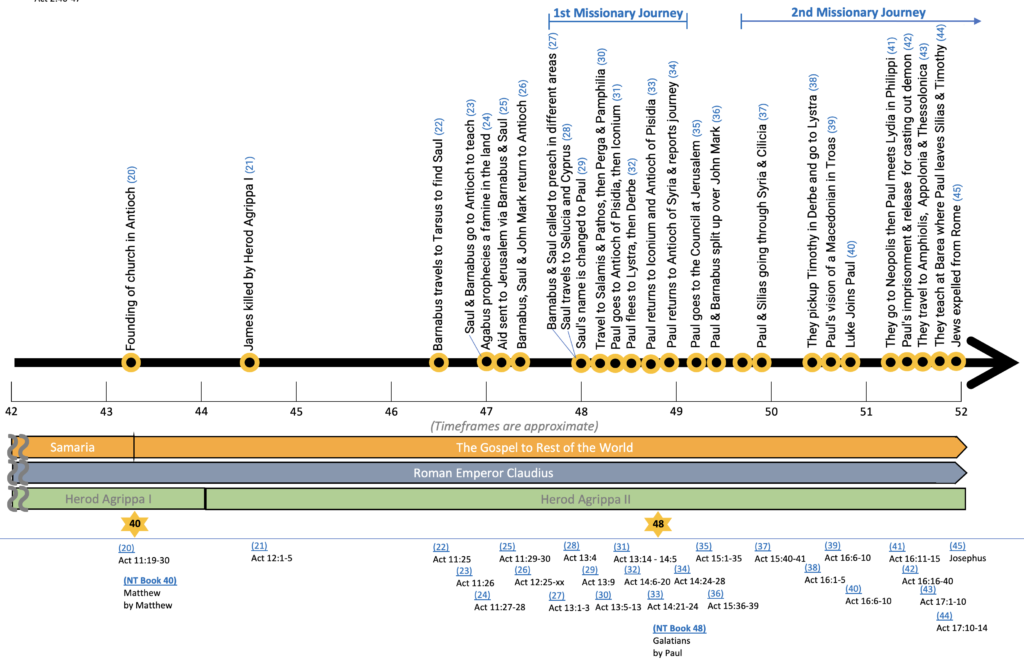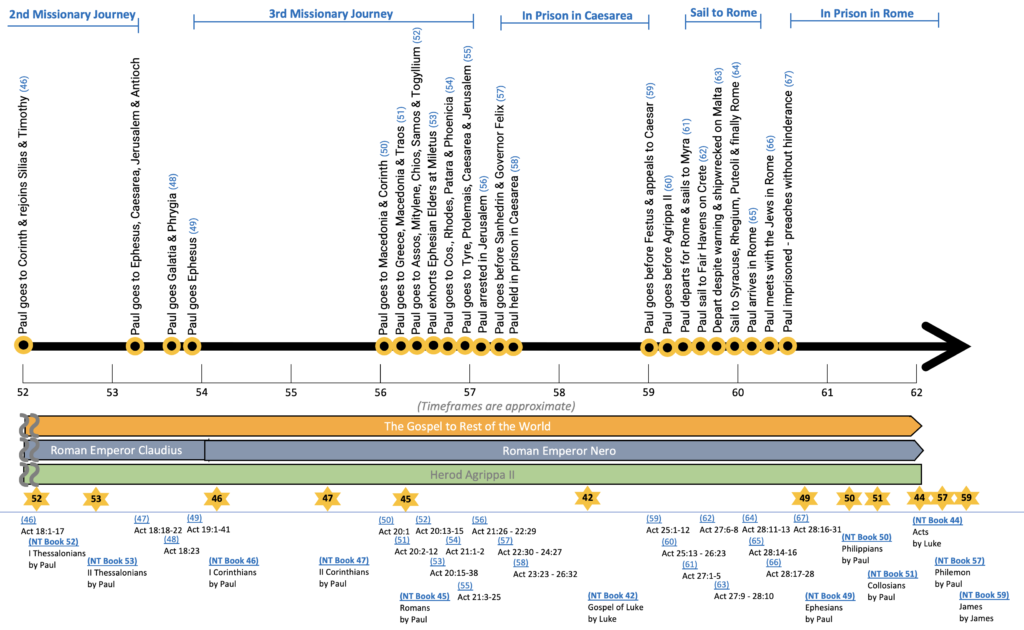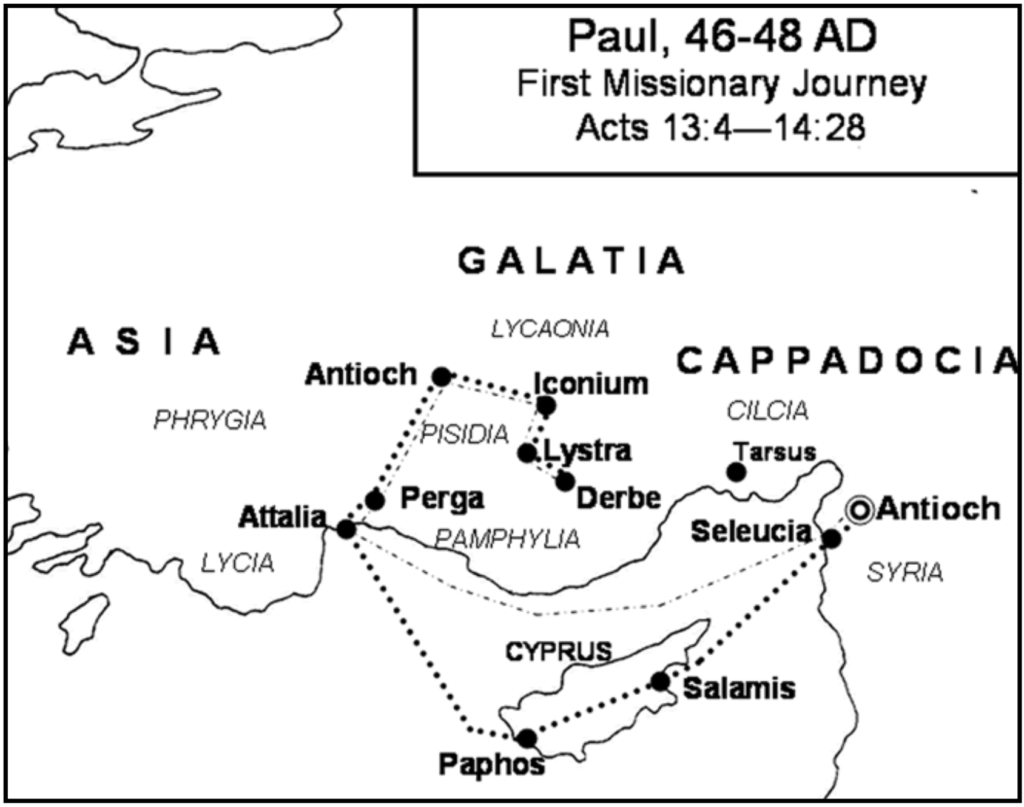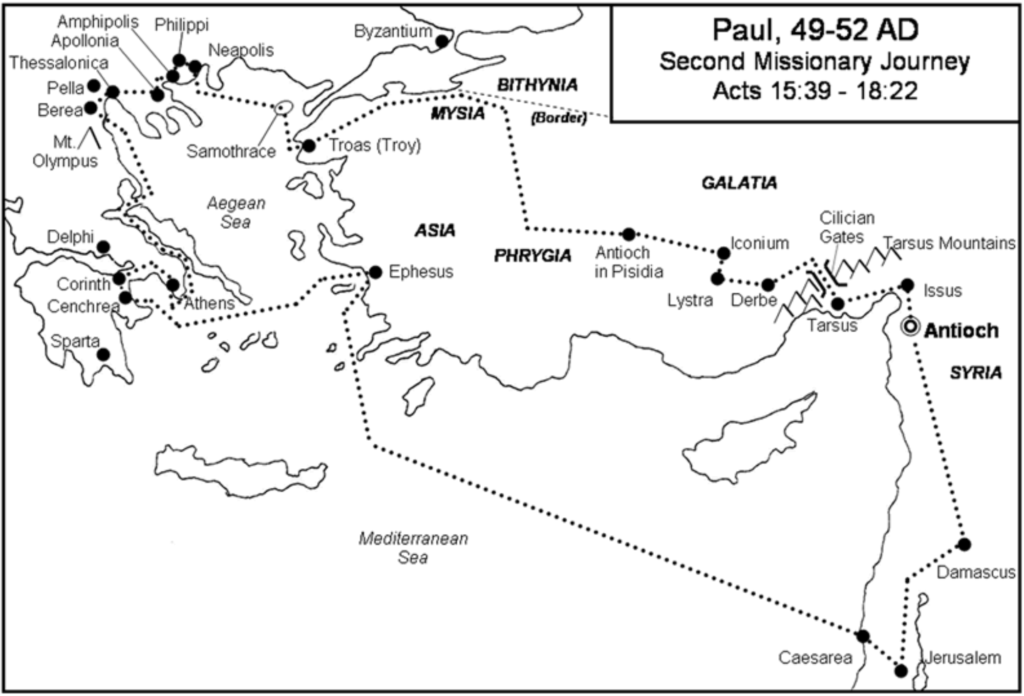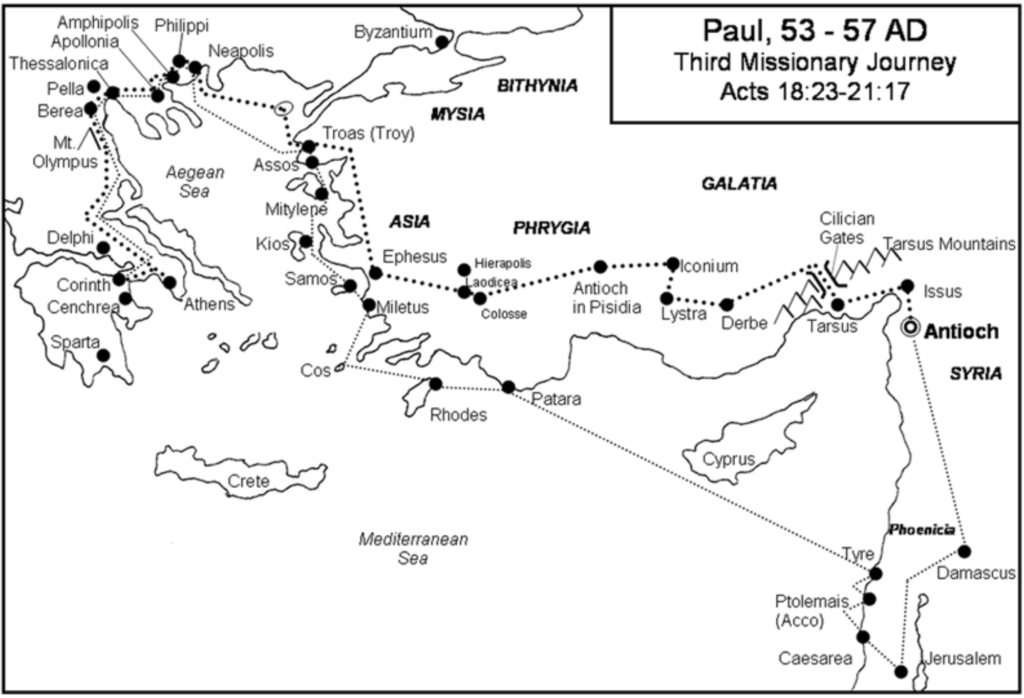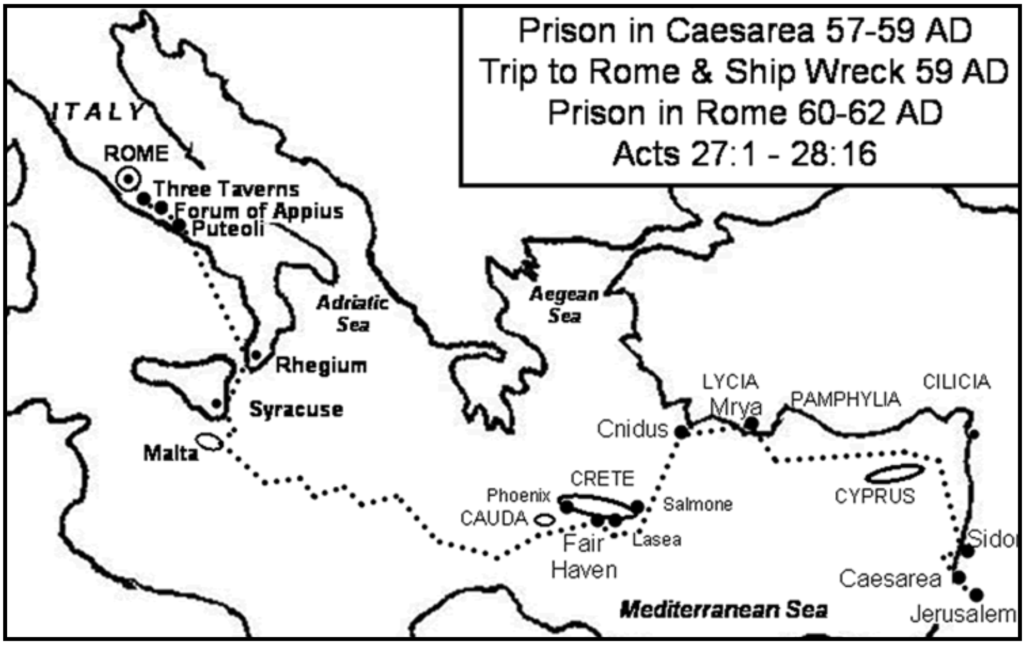Acts
The Early History of the Church
Summary | About | Why You Should Read it | Author | When Written | Context | Timeline | Location | Outline | Observations | Resources
Summary
Acts is the follow-up to the Gospel of Luke. It picks up where Luke leaves off, after the resurrection. It provides the history of the New Testament early church for the first 30 years.
The title used in the English bible is probably not the best choice. It is sometimes referred to as the Acts of the Apostles, but the reality is the book focuses on the Acts of the Holy Spirit. It just happens to be done primarily through Peter and Paul.
The table below provides a high-level look at the structure and content of the Book of Acts.

About
The book of Acts is the historical portion of the New Testament.

Why You Should Read It
The Book of Acts not only provides the history of the early church, it also gives valuable insights into how we as believers are supposed to act.
The Book of Acts is the bridge between the gospels and the epistles. It joins what Jesus “began to do and to teach” as told in the Gospels with what He continued to do and teach through the apostles’ preaching and the establishment of the church. It also provides an account of Paul’s life from which we can learn the setting for his letters. The book begins in Jerusalem, then spreads to the surrounding areas in Israel and then out to the rest of the known world, just as Jesus said it would.
The book provides a detailed plan for church planting, and evangelism. It demonstrates the charecteristics of disciples and how to grow those disciples into church leaders.
Author
There is no scholastic debate about the authorship of the book, even though the author does not directly identify himself. The first-person references and the specific reference to Theophilus, also named in the introduction to the Gospel of Luke, clearly indicate this was written by Luke. Luke was known to travel with Paul and likely wrote both the Gospel of Luke and the Book of Acts during his time with Paul.
This is vindicated by the earliest known testimonies, which appear in the Muratonian Canon (c. 170 A.D.) where Luke is identified as the author. Eusebius lists numerous sources that identify Luke as the author (see Ecclesiastical History, 3.4).
The author also uses terms such as “we” during the two year imprisonment in Rome. In Paul’s epistle to the Collosians and Philemon, he identifies those with him during this period, including Luke (see Col 4:9-17 and Phm 23-24).
The language used matches that which would be expected of a physician. Luke was known to be a medical physician. The writings indicate this book was written by someone familiar with the medical profession.
When Written
Luke most likely wrote this after the three missionary journeys and the trip to Rome. Paul asked for him to come to Rome to spend time with him while he was under house arrest. The Book of Luke and the Book of Acts were both written for the purpose of being sent to the Caesar, which was customary to provide background and pertinent information to the Caesar before the trial that Paul, as a Roman citizen, had requested and was granted. This likely took place sometime between A.D. 59 and A.D. 61.
Context
There is a theory among biblical scholars that the Gospel of Luke and the book of Acts were written in the late 50’s to early 60’s A.D. Paul was first imprisoned in Caesarea around 57 A.D. It was likely during his 2-year imprisonment in Caesarea that Luke wrote his gospel. While imprisoned there, Paul appealed to Caesar. It was customary in this time for a detailed statement of the accused’s position be sent to the Caesar. Luke may have written both his gospel and the book of Acts as a two-part description of Paul’s claim that Jesus was indeed the Messiah.
As such, Acts is an historical account of all that happened to Paul and those associated with him after the resurrection of Jesus, which was well known in the area. The result of this effort was Paul’s acquittal and release in 62 A.D. by Caesar Nero.
At the time, the Romans considered the Christians, called at the time “followers of the way” a sect of Judaism and didn’t care to intermediate in their differences. It wasn’t until 64 A.D. when the “burning or Rome” happened, that Nero used the Christians as the excuse for the fire, believed by most citizens to be started by his own army. It was after that he more fiercely persecuted the Christians.
Paul was arrested in Rome a few years later for a second time. This time Nero had Paul beheaded in 66 A.D. During the period of Acts, Paul wrote about half of the New Testament.
Timeline
Acts cover the first 30 years of the church period, starting with Jesus’ ascension and the arrival of the Holy Spirit. The book has 3 primary sections that progress in order. The first has the gospel in Judea from 32 to 35 A.D. It was at that point that Saul, a violent oppressor of the Christians, was called to be Christ’s apostle to the gentiles. At that point the gospel spread out to Samaria and the first gentiles were saved.
This continued in the outer parts of Israel through 43 A.D. when Paul, after returning from 3 years in Arabia and then time in Tarsus, that he spread the gospel to the rest of the world! The remainder of the book focuses on spreading the gospel to the gentiles.
Paul did a total of 3 missionary journeys before being arrested in Caesarea. He then begins his time in chains in which he wrote his prison epistles. The culmination of the book is the spreading of the Word to the rest of the world!
Location
The book of Acts begins in Jerusalem after the resurrection of Jesus Christ. Pentecost happens there and the many visitors from around the world see this and spread the word themselves. Paul was a part of three separate missionary journeys from approximately A.D. 46 to 57. He then went on a perilous journey to Rome through A.D. 59.
Outline
Peter and the Beginnings of the Church in the Holy Land (chs. 1-12)
“Throughout Judea, Galilee and Samaria” (1:1 — 9:31; see 9:31 and note)
Introduction (1:1-2)
Christ’s resurrection ministry (1:3-11)
The period of waiting for the Holy Spirit (1:12-26)
The Filling with the Spirit (ch. 2)
The healing of the lame man and arrest of Peter and John (3:1; 4:31)
The community of goods (4:32; 5:11)
The arrest of the 12 apostles (5:12-42)
The choice of the Seven (6:1-7)
Stephen’s arrest and martyrdom (6:8; 7:60)
The scattering of the Jerusalem believers (8:1-4)
Philip’s ministry (8:5-40)
In Samaria (8:5-25)
To the Ethiopian eunuch (8:26-40)
Saul’s conversion (9:1-31)
“As far as Phoenicia, Cyprus and Antioch” (9:32; 12:25)
Peter’s ministry on the Mediterranean coast (9:32; 11:18)
To Aeneas and Dorcas (9:32-43)
To Cornelius (10:1; 11:18)
The new Gentile church in Antioch (11:19-30)
Herod’s persecution of the church and his subsequent death (ch. 12)
Paul and the Expansion of the Church from Antioch to Rome (chs. 13-28)
“Throughout the region of Phrygia and Galatia” (13:1 — 15:35)
Paul’s First missionary journey (chs. 13-14)
The Jerusalem conference (15:1-35)
“Over to Macedonia” (15:36; 21:16)
Paul’s second missionary journey (15:36;18:22)
Paul’s third missionary journey (18:23;21:16)
“To Rome” (21:17; 28:31)
Paul’s imprisonment in Jerusalem (21:17; 23:35)
Arrest (21:17; 22:29)
Trial before the Sanhedrin (22:30; 23:11)
Transfer to Caesarea (23:12-35)
Paul’s imprisonment in Caesarea (chs. 24-26)
Trial before Felix (ch. 24)
Trial before Festus (25:1-12)
Hearing before Festus and Agrippa (25:13; 26:32)
Voyage to Rome (27:1; 28:15)
Two years under house arrest in Rome (28:16-31
Observations
- The last recorded words of Jesus prior to His ascension back to Heaven are recorded in the Book of Acts.
- Acts 1:8 – “You shall be witnesses to Me in Jerusalem, and in all Judea and Samaria, and to the end of the earth.”
- The Book of Acts is the record of that commission being carried out.
- Acts 1:8 is the Book of Acts in miniature:
- Acts 1:1 – 8:4 – Jerusalem.
- Acts 8:5 – 12:25 – Judea and Samaria.
- Acts 13-28 – To the end of the earth. “Uttermost parts of the earth.” (KJV)
- The Book of Acts is the historical link between the biographical records of Matthew. Mark, Luke, and John and the Epistles.
- Acts is an extremely important book in that it shows what the death of Jesus accomplished.
- The means of forgiveness by reaching the blood of Christ through baptism (immersion).
- Obedient believers being added to the family of God – the church.
- The establishment of the Lord’s church in Acts 2
- The Book of Acts:
- Begins with the year of Christ’s death (30 A.D.)
- Ends following the two years of Paul’s imprisonment at Rome in about 62 A.D.
- Covers the first 30 to 35 years of the history of the church.
- Is the only book in the Bible that asks the question, “What must I do to be saved?” and then provides the answer.
- The Book of Acts records ten case examples of conversion:
- About 3,000 on the Day of Pentecost. 2:37-41
- The Samaritans. Acts 8:12
- Simon the Sorcerer. Acts 8:13
- The Ethiopian Eunuch. Acts 8:26-40
- Saul (Paul). Acts 9:3-18
- Cornelius and his household. Acts 10:34-48
- Lydia and her household. Acts 16:11-15
- The Philippian Jailor and his family. Acts 16:25-34
- The Corinthians. Acts 13:8
- The 12 men at Ephesus/ Acts 18:8
- Through the first 12 chapters the major character is Peter. Through the final 16 chapters the major character is Paul.
- Acts records the three missionary journeys of Paul.
- 1st Missionary Journey: Acts 13:1 – 14:28
- Lasted 2 years
- Traveled some 1, 235 miles
- 2nd Missionary Journey: Acts 15:36 – 18:23
- Lasted 3 years
- Traveled some 2,703+ miles
- 3rd Missionary Journey: Acts 18:23 – 21:16
- Lasted 4 years
- Traveled some 2,515 miles
- History is “His-Story.”
- 1st Missionary Journey: Acts 13:1 – 14:28
Acts has 3 main sections.
- The Church Established at Jerusalem (Peter) 1-7
- The Church Enlarged to Judea & Samaria (Peter) 8-12
- The Church Expanded to the Ends of the Earth (Paul) 13-28
The theme of Acts is:
- In the power of the Holy Spirit, Jesus’s followers carry the good news of Christ to the world.
- The message spreads from the city of Jerusalem to the ends of the earth.
Jesus as seen in Acts:
- Jesus is the glorified, enthroned Savior, who continues His ministry in the world by means of the Holy Spirit working through His disciples until He returns (1:7-9).
- The Church becomes the Body of Christ.

